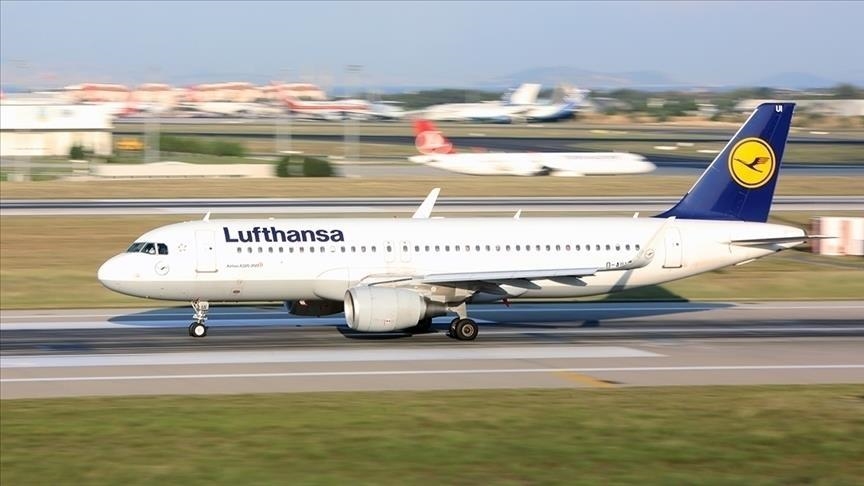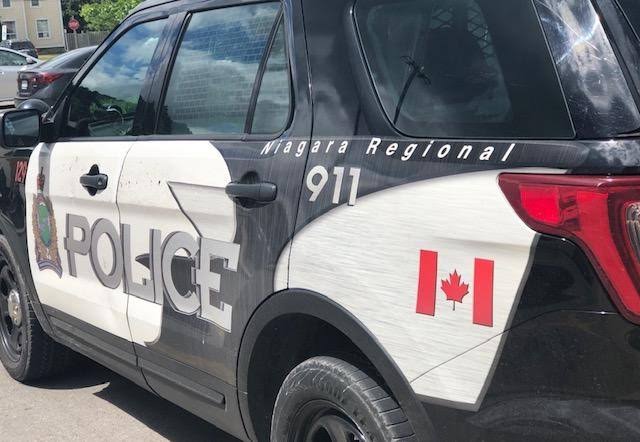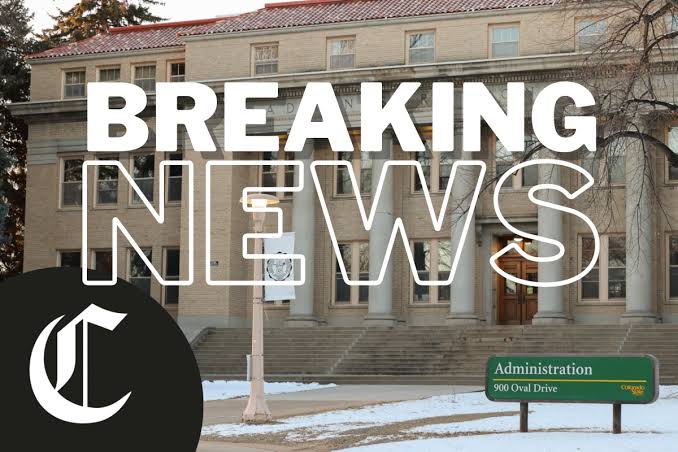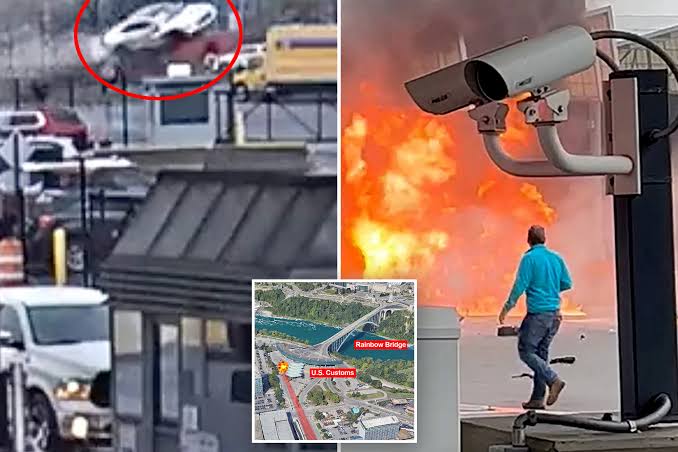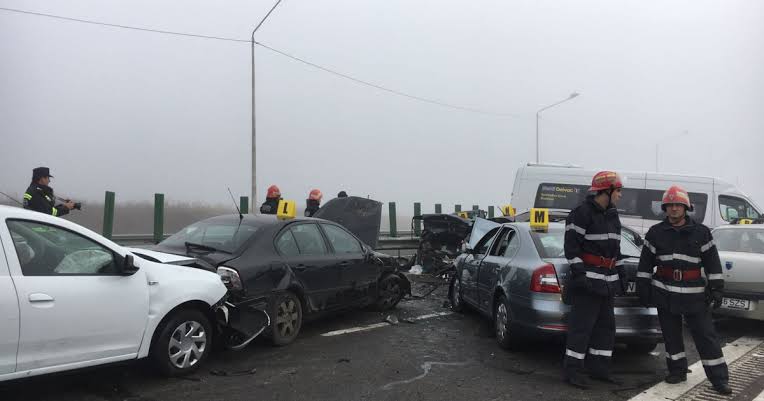Lufthansa flight returns to Frankfurt after bomb threat
Flight LH752 Makes Emergency U‑Turn After Bomb Threat
Frankfurt & Hyderabad, June 15–16, 2025 – A Lufthansa flight, LH752, bound for Hyderabad, India, was forced to ditch its journey mid-air and return to its origin—Frankfurt Airport—on Sunday evening, after receiving a bomb threat. The Boeing 787‑9 Dreamliner, carrying approximately 200 passengers and crew, perfectly illustrated airline safety protocols that aim to prioritize caution, coordination, and communication in uncertain situations.
—
Flight Timeline & In‑Air Turnback
Flight LH752 departed Frankfurt in the afternoon of June 15 (approx. 14:14 CET). Roughly two hours into the flight—while cruising over Bulgarian airspace—the aircraft executed an abrupt U‑turn over the Black Sea and headed back to Germany . Flight tracking services logged this diversion, with the craft touching back down at Frankfurt around 18:30 local time .
The abrupt mid-air reversal triggered immediate attention from aviation, airport, and security authorities in both Europe and India.
—
The Bomb Threat: Discovery & Response
The bomb threat was communicated via email to Hyderabad’s Rajiv Gandhi International Airport ATC at approximately 18:01 GMT on June 15 . Officials promptly activated a bomb-threat assessment panel, adhering to strict standard operating procedures. Their recommendation: do not permit entry of the flight into Indian airspace; instead, the aircraft should return to its point of origin .
A spokesperson for Lufthansa later affirmed that the mid-air reversal was initiated “out of an abundance of caution,” owing to the threat’s discovery through social media channels .
—
Passenger Experience & Hyderabad Official Statement
According to a Hyderabad airport official, the decision for the diversion was made in response to the threat prior to the flight reaching Indian airspace. Per Aviation Standard Protocols, entry clearance was withheld, prompting the aircraft’s return .
Passengers onboard reported that the captain apologized for the inconvenience and explained that Hyderabad had not granted landing permission due to the threat. One passenger, journeying from the U.S. to visit her mother in Hyderabad, was quoted as saying:
> “It was a smooth flight, and after about two hours in the air, we were told that we would be returning to Frankfurt. Hyderabad hasn’t given permission to land the flight there.”
A second passenger remarked that the crew emphasized safety was the overriding factor: “Out of an abundance of caution… returned to its point of departure” .
—
Life back in Frankfurt
Back on the ground in Germany, Frankfurt Airport operator Fraport provided safe overnight accommodation, cots, meals, and beverages in the secure transit area for the approximately 200 affected passengers .
Officials from Lufthansa confirmed that passengers will continue the journey to Hyderabad today, once airspace clearance is secured and safety protocols are affirmed .
—
Context: A Spate of Boeing 787 Diversions
This incident is part of a recent pattern: within 36 hours, three Boeing 787 Dreamliner flights to India were diverted back to origin—London to Delhi, Chennai, and now Hyderabad—due to bomb threats or technical snags . This includes an Air India aircraft that returned to Phuket days earlier and a crash of another Air India 787‑8 in Ahmedabad on June 12, which tragically claimed 270 lives .
The spate of incidents has heightened scrutiny of Boeing’s safety record and triggered broader industry review encompassing both mechanical and security-related disruptions.
—
Aviation Safety & Coordinated Procedures
Key aviation takeaways from this incident include:
Strict safety-first approach: Airlines prioritise prevention and avoidance, especially with bomb threats, no matter how minor or unverified.
Cross-border protocols: Hyderabad ATC effectively communicated the threat to Lufthansa and German authorities, underscoring international collaboration.
Passenger rights: The airline met obligations by providing care—food, lodging, rebooking—ensuring compliance with international passenger protection standards.
Reputation & transparency: Lufthansa’s communication reassured the public, underlining crisis readiness and crisis management.
—
Looking Ahead: Investigations & Regulations
An investigation has commenced to:
Trace the email’s origin and establish credibility.
Assess response procedures in real time.
Explore if social media played a role in threat amplification.
Evaluate prospects for improved threat detection and cross-jurisdictional response.
Airline and airport authorities asserted that lessons learned will inform adjustments to ATC communication, threat verification, and passenger notification protocols. This review aligns with a broader examination of civil aviation responses in volatile contexts.
—
Conclusion
While alarming, the safe return of Lufthansa Flight LH752 without casualties exemplifies the aviation sector’s resilience and commitment to safety. Adherence to strict procedures—from threat detection to passenger care—ensures trust is upheld, even amid emerging complexities like digital misinformation and global policy coordination.
For now, the events remind aviation leaders and travellers alike: preparedness, international cooperation, and calm under pressure are indispensable to modern air travel security.
—
